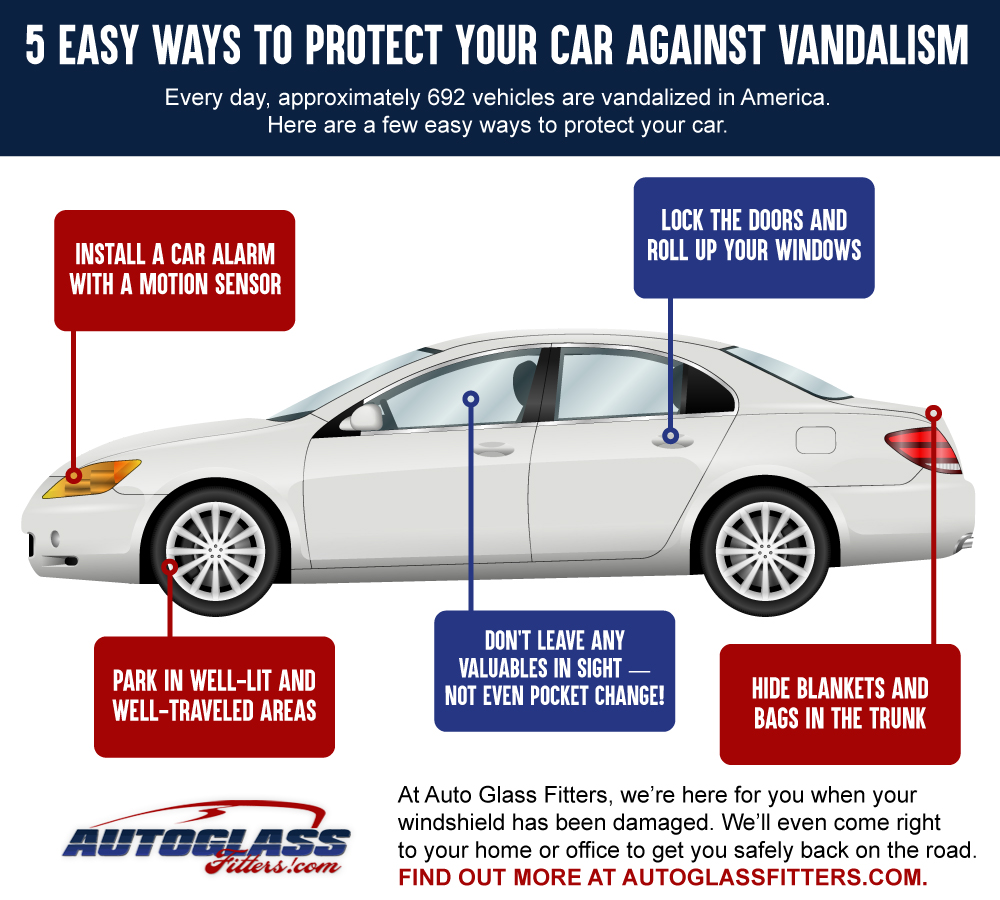When it involves push cleaning, the technique you choose can make all the difference in attaining a clean, streak-free surface. You could find that difficult surfaces, like concrete, require a various strategy than softer products, such as wood or vinyl. It's necessary to adjust your methods to the surface area type to avoid damage while making the most of cleansing effectiveness. So, what are the very best methods for each and every surface, and how can you guarantee you're utilizing the right settings and tools for the job? Allow's discover what you need to understand to get the very best outcomes.
Tough Surface areas
When it involves press washing hard surfaces, prep work is key. Before you even think about pulling out the pressure washing machine, take the time to remove the location of any type of debris, furnishings, or barriers. You do not want anything getting in your means or potentially damaging your devices.
Next, check the surface area for any type of splits or damages; this will assist you determine the ideal strategy and pressure settings.
Once you have actually prepared the area, it's vital to choose the appropriate nozzle. For tough surface areas like concrete or block, a narrow nozzle (15 or 25 degrees) functions best to offer a concentrated stream of water that can effectively remove gunk and spots. Always begin at a distance and progressively relocate better to stay clear of any kind of surface area damages.
As https://augustejptz.blog-kids.com/32728807/discourage-expensive-repairs-the-rationale-behind-regular-seamless-gutter-cleaning-up start washing, keep the wand transferring to stop streaks and over-saturation. It's also useful to function from the top down, allowing dirt and debris to wash away naturally.
Ultimately, remember to rinse the surface extensively after cleaning to remove any kind of remaining cleaning agent. With these methods, you'll achieve a clean and rejuvenated look on all your hard surfaces.
Soft Surfaces
Stress cleaning soft surfaces calls for a gentler approach to safeguard them from damage. Whether you're cleansing your deck, patio area furniture, or exterior siding, making use of excessive stress can cause dents, scrapes, and even irreversible injury.
Beginning by selecting a low-pressure nozzle, preferably a 25-degree or larger spray pattern, to distribute the water extra delicately.
Before you begin, it's important to pre-treat any type of discolorations with an ideal cleansing service. This action enables the cleaner to permeate the dirt and grime, making it less complicated to get rid of without rubbing also hard.
Constantly apply the service from the bottom up to protect against spotting.
When you begin stress cleaning, preserve a distance of at least 12 to 18 inches from the surface. Move your stick in a sweeping activity, keeping it alongside the surface area to stay clear of concentrated pressure on one area.
Wash the location completely after cleaning up to remove any residual cleaner.
Lastly, inspect the surface area for any kind of missed areas and repeat the process if necessary. By following these actions, you can efficiently tidy soft surface areas while protecting their integrity and appearance.
Specialized Surfaces
Cleaning soft surface areas requires care, yet specialized surface areas demand much more interest to information. When you tackle these surface areas, like delicate timber, stained concrete, or specific kinds of siding, using the best pressure washing techniques is essential to avoid damage.
First, analyze the product. As an example, dealt with wood can often endure modest stress, but softer timbers like cedar might require a lower setup. Always begin with the lowest pressure and progressively increase if essential.
For tarnished concrete, utilize a follower spray nozzle and preserve a consistent distance to stop etching the surface.
When managing surface areas like vinyl siding or repainted surface areas, a wide spray pattern helps distribute the pressure evenly, safeguarding the coating.
It's additionally important to make use of detergents particularly made for specialized surfaces. They can boost cleaning without jeopardizing the product.
Rinse thoroughly after cleaning to remove any type of residue, as it can lead to discoloration or damage gradually.
Final thought
To conclude, grasping pressure washing strategies for different surfaces can make all the distinction in your cleansing outcomes. For difficult surfaces, stay with slim nozzles and a top-to-bottom method, while soft surfaces require a gentler touch with broader nozzles. Don't fail to remember to pre-treat spots and rinse extensively to avoid residue. By adjusting your approaches to every material, you'll not only achieve a cleaner finish yet also shield the honesty of your surface areas. Happy cleaning!
